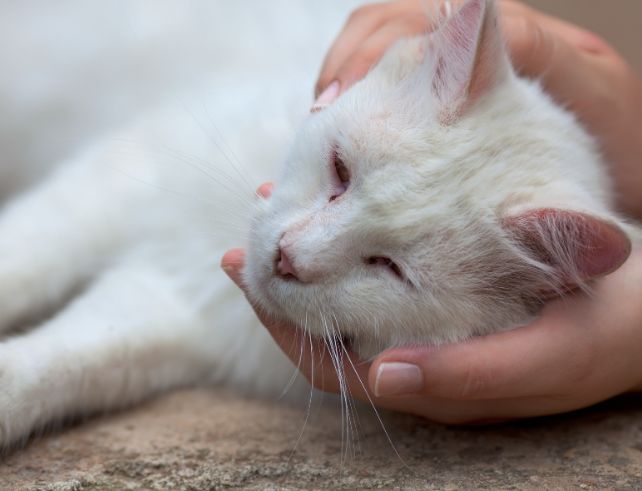Feline Leukemia Virus (FeLV) often causes concern among cat owners. However, with the right knowledge and care, understanding and managing this condition is not only possible but also achievable. So, let’s begin by exploring what FeLV is, its symptoms, and how you can protect your beloved feline friend.
What is the Feline Leukemia Virus (FeLV)?

Firstly, it’s essential to know that FeLV is a retrovirus that affects cats, weakening their immune system, and thus increasing susceptibility to other infections. Additionally, studies show that FeLV affects 2–3% of all cats in the United States. Therefore, recognizing and understanding this condition is vital for all cat owners.
How Does FeLV Spread?

Cats primarily spread FeLV through close contact, such as grooming and biting. Additionally, they can transmit it through shared food dishes, litter boxes, and from mother to kitten. Consequently, understanding how FeLV spreads is the first step in protecting your cat.
Symptoms of FeLV

Detecting FeLV early is crucial. The symptoms include:
- Loss of appetite
- Weight loss
- Lethargy
- Fever
- Respiratory issues
- Swollen lymph nodes
- Gastrointestinal issues
Moreover, recognizing these signs early on can lead to prompt treatment and better recovery prospects.
Diagnosing FeLV

If your cat shows any of these symptoms, take them to the veterinarian immediately. Then, a blood test will confirm the infection. Regular check-ups afterward can lead to early detection and timely treatment, thus enhancing the prognosis.
Prevention and Management
Here’s how you can prevent FeLV, which is always preferable to treating it:
1. Vaccination:
First and foremost, consult your veterinarian about a vaccine to protect your cat. Regular vaccinations are thus vital.
2. Keeping Indoors:
By keeping your cat indoors, you minimize exposure to potentially infected cats. Hence, this measure is key.
3. Regular Check-ups:

Regular veterinary check-ups help catch the disease early. Therefore, they are essential for effective management.
4. Separation of Infected Cats:
If you separate infected cats in multi-cat households, you’ll prevent the disease from spreading. Consequently, this step is crucial.
5. Healthy Diet and Lifestyle:
Maintaining a nutritious diet and a clean living environment is essential. As a result, these measures support your cat’s overall health.
Conclusion

In conclusion, FeLV is serious but manageable. By understanding the disease, recognizing symptoms early, and taking proactive steps, you can manage and even prevent this condition. Together, we can ensure a happy and healthy life for your feline companions. Read others
Note: This article aims to provide information only. Always consult with a qualified veterinarian to understand the best course of action for your pet.

